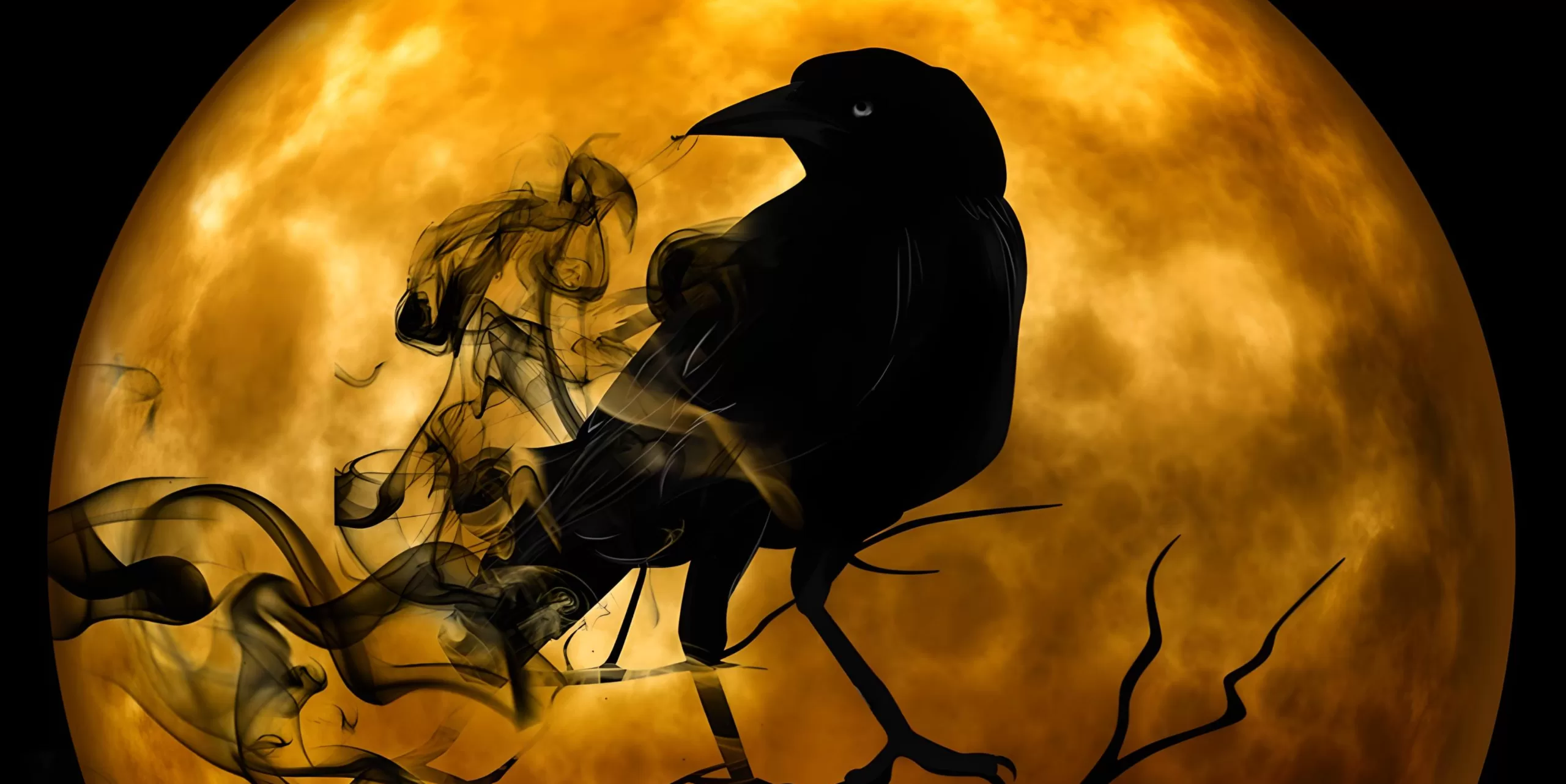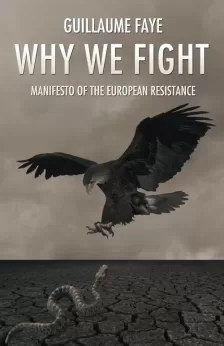In mist-covered antiquity, when folklore intertwined with truth, there existed a tale most macabre, that of All Hallows’ Eve. As the darkness of the night encroaches upon the last remnants of the day, this tale, akin to the haunting stories of Edgar Allan Poe, takes form, whispering secrets of ancient rites and ghostly apparitions.
In the bleak landscapes of ancient Celtic lands, the festival of Samhain marked the end of the harvest season and the onset of winter’s chilling embrace. As the leaves fell, lifeless, to the ground, the Celts believed that the veil between the realms of the living and the dead grew perilously thin. Spirits, both benevolent and malevolent, were said to traverse this boundary, roaming the earth and mingling with mortals. Fires were lit, not just to fend off the encroaching cold, but to ward off these spectral visitors and ensure the safety of the living.
Yet, as the wheel of time turned and empires rose and fell, the ancient traditions of Samhain underwent a metamorphosis. The Roman Empire, with its insatiable appetite for conquest, brought with it new customs and beliefs. Feralia, a day dedicated to the passing of the dead, and Pomona, a celebration of the goddess of fruit and trees, melded with the Celtic festival, infusing it with new layers of meaning.
As Christianity spread its influence across the European continent, the pagan rituals of old were viewed with suspicion and trepidation. In an attempt to supplant these ancient customs, Pope Gregory III designated November 1 as All Saints’ Day, a time to honor saints and martyrs. The eve of this holy day, All Hallows’ Eve, retained the mystique of its pagan origins, becoming a night of reflection, revelry, and reverence for the dead.
The migration to the New World brought with it a mélange of traditions. In the nascent land of America, where the wilderness was unknown and feared, Halloween found fertile ground to evolve. The initial reticence of the Puritans was overshadowed by the influx of different cultures, each adding their unique touch to the celebration. Tales of the Headless Horseman, witches, and goblins became the stuff of legends, as jack-o’-lanterns cast their eerie glow, warding off evil spirits and illuminating the path for weary travelers.
One cannot help but perceive the melancholic beauty in Halloween’s evolution. It is a night where the living and the dead meet in a timeless space, where tales of terror are told around campfires and in living rooms, and where the boundary between reality and the supernatural blurs. As Poe’s raven once echoed, “Nevermore,” Halloween stands as a testament to humanity’s eternal fascination with the mysteries of the unknown, the allure of the afterlife, and the shadows that lurk just beyond the realm of perception.
Thus, dear reader, as the fog of October descends and the moon casts its silvery glow, remember the ancient rites, the old folk tales, and the ghostly visitors of All Hallow’s Eve. In the words of Poe, “All that we see or seem is but a dream within a dream,” and Halloween is the night when dreams and nightmares come to life.








Enjoyable, atmospheric and evoking the spirit of this autumnal season.